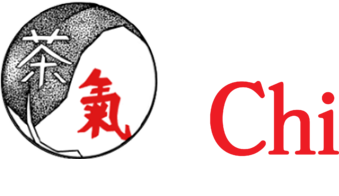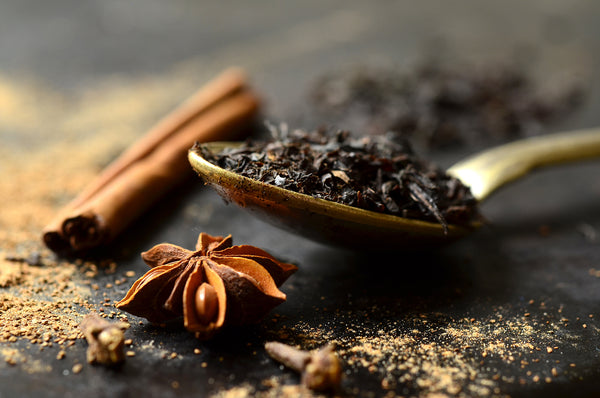Tea of the Sages: The Art of Sencha. By Patricia J. Graham
-
Product Description
Hardback. Used. In like new condition.
The Japanese tea ceremony is generally identified with chanoyu and its bowls of whipped, powdered green tea served in surroundings influenced by the tenets of Zen Buddhism. Tea of the Sages is the first English language study of the alternate tea tradition of sencha. At sencha tea gatherings, steeped green leaf tea is prepared in an atmosphere indebted to the humanistic values of the Chinese sages and the materialistic culture of elite Chinese society during the Ming and Qing dynasties. Although sencha once surpassed chanoyu in popularity, it is now overshadowed by chanoyu, despite the existence of more than a hundred sencha schools throughout Japan. This exceptionally well-illustrated volume explores sencha's philosophy and arts from the seventeenth century to the present. Introduced by Chinese merchants and scholar-monks, sencha first gained favor in Japan among devotees of the Chinese literati.
By the early nineteenth century, it had become popular with a wide spectrum of urban and rural residents. Some took up sencha as a subversive activity in opposition to the mandated protocol of chanoyu. Others enjoyed sencha because of its connections with elite Chinese culture, knowledge of which indicated intellectual and cultural refinement. Still others relished it simply as a fine tasting beverage. Sencha inspired painters and poets and fostered major advances within craft industries from ceramics to metalwork and basketry. Sencha aficionados, many of whom became serious connoisseurs of Chinese art and antiquities, hosted some of the earliest public art exhibitions.
Tea of the Sages opens with a chronological overview of tea in China and its transmission to Japan before situating sencha within the rich milieu of Chinese material culture available in early modern Japan. Subsequent chapters outline the multifaceted history of the formalization of the sencha tea ceremony, drawing upon sources such as treatises and less formal writings as well as analysis of tea gathering records, utensils and their prescribed arrangements, paintings, prints, and sencha architecture.
-
Reviews
-
-
Product Details
- Variant: Default Title








